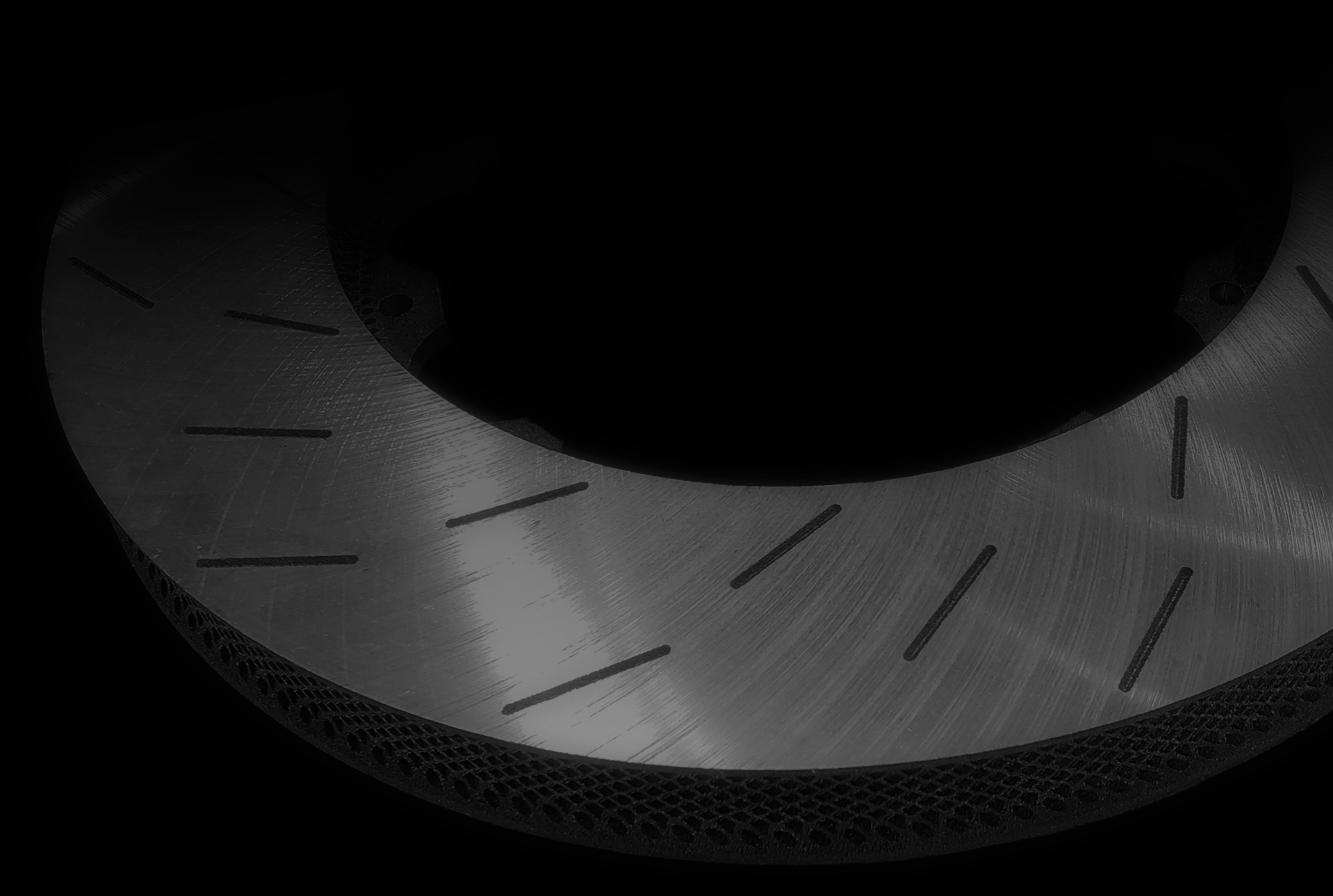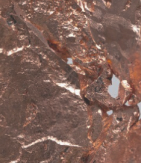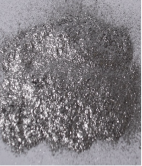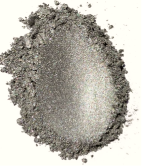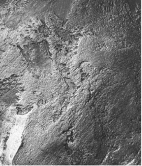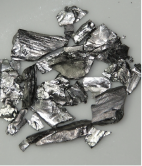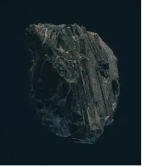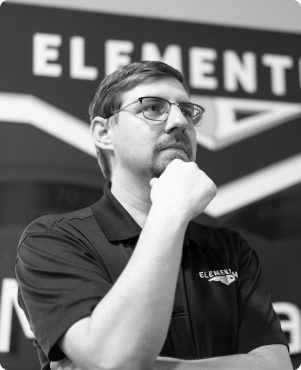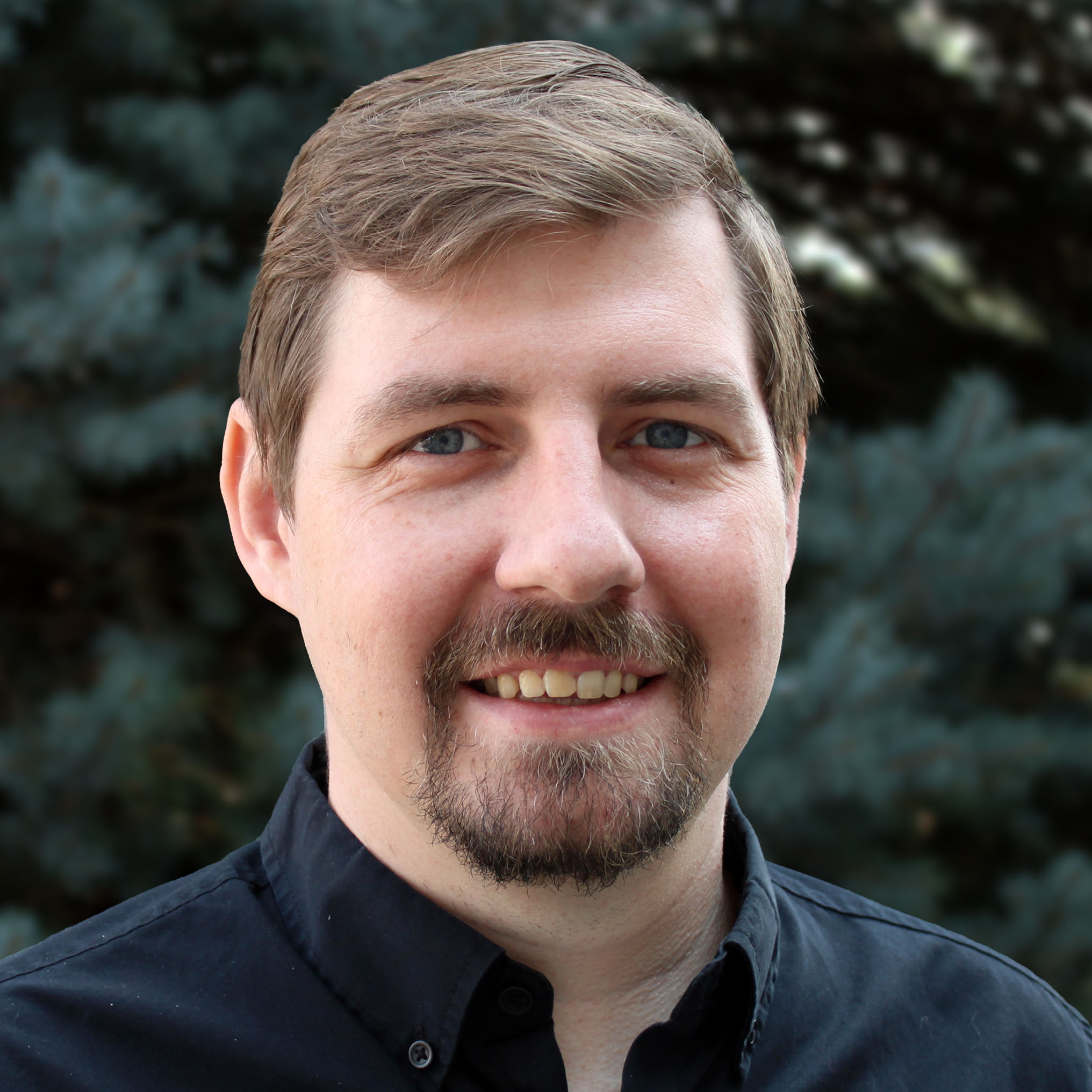Glossary
Terminology used in the 3D printing industry.
#
3D Printing – It is often used interchangeably with additive manufacturing. 3D printing is a term that is commonly used to describe any additive process in which a solid tangible object is created from a computer model.
3D Systems Corporation – One of the largest 3D printer manufacturers in the world, founded by Charles Hull who invented the first 3D printer back in 1984.
A
ABS – Acrylonitrile Butadiene Styrene, a thermoplastic used as a 3D printer material. Often ABS is used as a short form, actually referring to filament made of ABS.
Accuracy – The degree to which the result of a measurement, calculation, or specification conforms to the correct value or a standard, which is used to define the measurement of deviation from a CAD model to an actual product.
Additive Manufacturing – The process of creating a solid by a successive deposition of layers of material. Synonyms include: Generative Manufacture, e-Manufacture, Additive Layer Manufacturing, Freeform Fabrications, and 3D Printing.
Additive Metal Manufacturing (AMM) – Any 3D printing process which builds up metal objects in layers, but often refers to the process of binding or fusing powdered metal together.
AutoCAD – a commercial software application for 2D and 3D computer-aided design (CAD). Developed by Autodesk, Inc., it has been available since 1982 as a desktop application and since 2010 as a mobile web- and cloud-based app marketed as AutoCAD 360.
B
Build Envelope – Measurement of the 3D printer’s boundary given by the X, Y and Z axes.
Bed – The build plate of the 3D printer on which parts are actually made.
Binder Jetting – Any inkjet style technology which jets a liquid onto a powdered material in order to bind it together and build up an object in layers.
Breakaway Support Technology (BST) – Used by printers which add disposable supports to sloping, or overhanging parts. These supports then have to be manually removed by hand when the object is complete.
C
CAD – Computer Aided Design
CAM – Computer Aided Manufacturing
Carriage – The moving middle assembly on the x-axis of Mendel which holds the extruder. Often referred to as: x-carriage.
Catalyst – Any substance which speeds up chemical reactions but without being consumed in the reaction itself.
Concept Model – A physical model of a final product which demonstrates its form but which may lack details, texture and functionality.
Curing – The process of hardening a liquid or other material to produce its final form through a chemical process.
D
Direct Digital Manufacturing (DDM) – The production of final products or components using 3D printing technology.
Direct Metal Laser Sintering (DMLS) – Using a laser to selectively heat and fuse a vat of metal powder, in order to build up a 3D object in layers.
Directed Energy Deposition – Similar to DMLS except metal powder is deposited from a print head before fusing it together with a laser. This allows the repair of objects as well as their manufacture.
Drop On Demand (DOD) – A material extrusion process used to make sacrificial melds or patterns made from a special casting material.
E
Electron Beam Melting (EBM) – The use of an electron beam to selectively melt and fuse together metal powder to create an object layer by layer.
Extrude – The process of pushing out a melted build material (usually plastic), in order to build up a 3D object as it cools and solidifies.
Extruder – The part of a 3D printer which consists of a cold end to pull in the build material and a hot end to melt and extrude the build material.
F
Functional Prototype – Representation of a final object to test out its form, fit and function, but without necessarily using the final materials, colours or texture.
Fused Filament Fabrication (FFF) – The process of building up an object by depositing a material on top of or next to other material in order to join the two, usually by using heat or adhesion.
Filament – This can refer to the wire made from build material (commonly 1.75mm or 3mm in diameter) which enters the cold end of the extruder, or the heated wire (commonly less than 1mm in diameter) which exits the hot end of the extruder.
G
G-Code – The format of information which some 3D printers use to control them and which is sent from a computer to the printer.
Granular Materials Binding – The binding together of powders in order to build up a 3D object in layers. Binding can be in many forms, such as binder jetting, sintering or melting.
H
Hardening – The process by which the model hardens to its final form.
Heated Bed – Type of build plate used in many 3D printers which keep the base of the build object warm to prevent the object from cooling unevenly and warping as a result.
L
Layer Height – The thickness of a particular layer in a 3D printed model. Often related to layer resolution.
M
Material Extrusion – Any technology which extrudes a material in order to build up an object.
Mesh – The surface area of a 3D model in digital form. In curved shapes this is typically represented by a series of flat triangles. The smaller the triangles the finer the printed results will be.
Multiphase Jet Solidification (MJS) – Ceramic or metal powder is mixed with a binder and extruded to build up an object in layers. The binder is then removed by heat or by chemicals before the object is densified by heating it in a kiln.
N
Nichrome – Alloy made up of nickel and chromium, often use to make the heating element in the hot end of an extruder, or in a heated bed.
O
Overhang – A part of a 3D model where there is no support below it. Parts that jut out at an angle of over 45 degrees are generally considered overhangs.
P
Precision – The ability of a process to be reproduced consistently.
R
Raft – A disposable base which is printed first onto the build surface, with the object being built on top. Provides more adhesion to the build surface and reduces warping.
Rapid Prototyping (RP) – Any process which uses computer controlled machinery to create a prototype of an object.
S
Selective Heat Sintering (SHS) – Created by a company called BluePrint and similar to selective laser sintering. However, it uses a thermal print head instead of a laser to selectively fuse together layers of powder together.
Selective Laser Melting (SLM) – A technology similar to SLS, but which uses a high powered laser too selectively and completely melt together powdered metal.
Selective Laser Sintering (SLS) – A powder bed technology which uses a laser to selectively fuse/sinter together powder to build up a 3D object in layers.
Sintering – Fusion of powdered or granular material by adding heat or pressure to facilitate mass transport and reduction of surface energy.
SketchUp – 3D CAD design software originally owned by Google but sold to Trimble Navigation in 2012. Available in both free and paid versions.
SolidWorks – Leading 3D CAD design software owned by Dassault Systems.
Stepper Motor – Electric motors which rotate in discrete and precise increments, often used to control printer heads.
STL – File format used by stereolithography CAD software originally developed by 3D Systems in 1987 and still used by most 3D printers today. What it actually stands for is debatable, but it’s most likely to be either Stereo Lithographic or Standard Tessellation Language.
Support Structure – See Breakaway Support Technology and Soluble Support Technology.
W
Wire and Ark Additive Manufacturing (WAAM) – Based on fused deposition modelling of metals, this is the experimental use of arc welding equipment, which is modified to melt thin titanium wire in order to build up a 3D object.
X
X, Y, Z axes – 3-dimensional coordinate system. Z axis represents what would typically be considered “vertical”.

